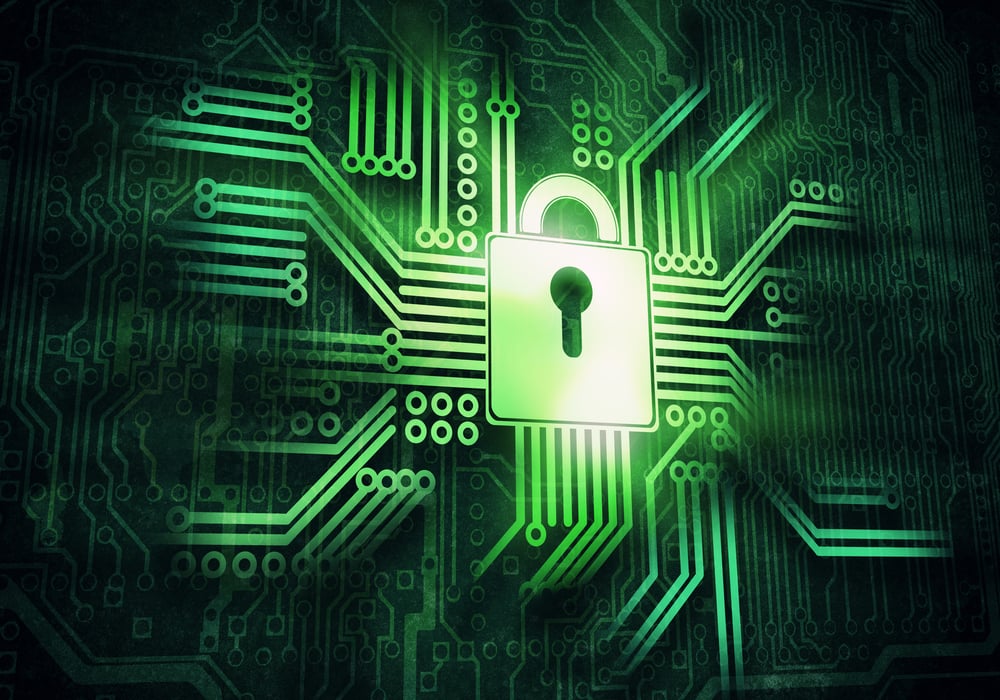
Level Up Your Cyber Posture This Cybersecurity Month: 3 Key CMMC Aware Best Practices
Every October, the cybersecurity community rallies around Cybersecurity Awareness Month as a reminder to double down on the basics—password hygiene, phishing awareness, patching, etc. But for organizations in the or aspiring to be in the Defense Industrial Base (DIB), this month is also a great moment to align with CMMC (Cybersecurity Maturity Model Certification) goals. With the DoD’s CMMC program now codified and rolling into contracts, firms have both urgency and opportunity to shore up their practices.
Below are three big best practices you can highlight, implement, or reinforce during Cybersecurity Awareness Month—and maintain year-round.
1. “Know Your Scope, Know Your Gaps” — Asset & Data Mapping
Why it matters
CMMC (especially CMMC 2.0) hinges on your ability to show that you know where your sensitive data lives, how it flows, and what systems interact with it. Without a clear scoping exercise, your certification assessment or audit may reveal surprises. The DoD’s CMMC Resources & Documentation hub includes scoping guidance for Levels 1, 2, and 3. Defense CIO Also, NIST SP 800-171 (which underlies many CMMC requirements) expects you to know which systems process, store, or transmit Controlled Unclassified Information (CUI).
What to do during Cybersecurity Month
-
Inventory all assets (hardware, software, cloud, mobile) and classify them by risk / sensitivity (FCI, CUI, public).
-
Map data flows: how does data move from one system to another? Who accesses it? What external links (partners, vendors) are involved?
-
Define the boundary: Determine which systems are in-scope vs. out-of-scope for your CMMC level. Unnecessary exposure is one of the most common risk points in assessments.
-
Gap analysis: Compare your current status (security controls you already have) against the control requirements for the CMMC level you need (Level 1 baseline, or full NIST 800-171 for Level 2, plus any enhancements for Level 3).
By turning these into formal artifacts (e.g. an Asset & Data Map, a System Boundary Diagram, a Scoping Summary, and a Gap Report), you not only support readiness now, but build evidence you’ll need in a CMMC self-assessment or 3PAO assessment later.
2. Strengthen “Cyber Hygiene First” — Basic Controls with True Discipline
Why it matters
Even before you worry about advanced controls, your foundation (cyber hygiene) must be solid. Many compromises come from failing to implement or enforce basic practices. The CMMC program itself is built on layering security maturity over a baseline of good practices. The DoD’s Final Rule clarifies that CMMC is about verifying that existing protections are in place.
Some hygiene examples include:
-
Multi-Factor Authentication (MFA) everywhere (remote login, admin accounts, cloud accounts)
-
Least privilege / role-based access so that users only have the access they really need
-
Patch management / timely updates for operating systems, firmware, applications
-
Endpoint protection / antivirus / anti-malware with real-time monitoring
-
Strong password policies / password managers / rotation
-
Security awareness training (especially phishing) so your end users are not the weak link
-
Logging, alerting, and review (event logs, SIEM, anomaly detection)
-
Backup and recovery practices (ensuring you can restore data in a ransomware scenario)
During Cybersecurity Month, it’s an ideal time to run a “cyber hygiene audit week” — pick one of these areas and do a deep internal check:
-
Are all user accounts enabled with MFA?
-
Do admins / privileged accounts have justification / oversight?
-
Are all critical systems patched in the last 30 / 60 / 90 days?
-
Are logs being retained, reviewed, and stored securely?
-
Are staff making errors on phishing simulations at higher-than-expected rates?
By reinforcing and publicizing — internally — your hygiene practices during the awareness month, you build both cultural buy-in and evidence of maturity in preparation for formal assessments.
3. Document, Validate, and Practice — Process Discipline & Incident Readiness
Why it matters
CMMC assessments will expect documentary evidence—not just that controls are in place, but that they are managed, monitored, tested, and improved. You need process discipline (policies, procedures, plans) and demonstration of operational readiness (tabletop exercises, incident response). The CMMC Resources & Documentation pages include templates and guides for assessment, which emphasize the need for documentation and validation.
Also, under the DFARS rules and CMMC policy, contractors must report cybersecurity incidents (e.g. involving CUI) within 72 hours. Preparedness is nonnegotiable.
What to do:
a) Policy & procedure review / refresh
-
Ensure you have up-to-date System Security Plan (SSP), Incident Response Plan (IRP), Configuration Management Plan (CMP), Access Control Policy, Backup & Recovery Policy, etc.
-
For each procedure, include frequency, owner, review cycles, and exception process.
b) Validation & testing
-
Conduct tabletop exercises: simulate common cyber events (e.g. phishing breach, malware infection, insider data leak) and walk through your IRP.
-
Perform penetration tests / vulnerability scans against your in-scope systems. Use the results to feed into corrective action plans.
-
Use red-team / blue-team or purple-team exercises if feasible to stress test processes.
c) “Dry run” incident reporting
-
Run a mock or scenario-based exercise where you respond as though you had to report a breach or compromise. Practice packaging the necessary artifacts, notifications, forensic data, chain of custody, and timeline to ensure you can meet the 72-hour requirement.
-
Document lessons learned and adjust your IRP accordingly.
d) Evidence gathering and audit readiness
-
For every control or procedure, maintain artifacts: logs, screenshots, change records, review logs, training records, patch logs, etc.
-
Tag these artifacts with control IDs (e.g. NIST 800-171 control numbers) so you can respond quickly during assessment.
-
Periodically review and update your plan-of-action and milestone (POA&M) documents so that any gaps to be remediated are tracked, prioritized, and visible.
By making sure your processes are mature, tested, and documented, you reduce risk both in day-to-day operations and when a formal CMMC assessment comes calling.


